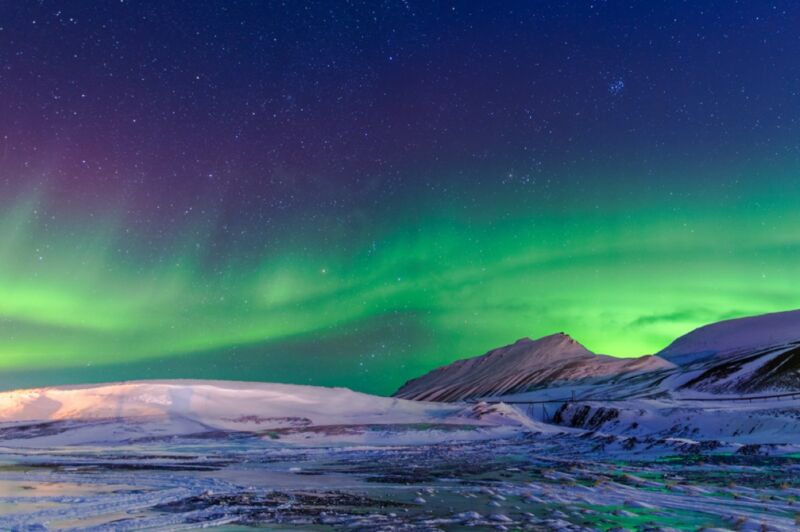Ancient Chinese text reveals earliest know record of a candidate aurora

Enlarge / Auroral display over snow-capped mountains in Hangzhou, China. (credit: Liu Míng Sun/EyeEm/Getty Images)
There's rarely time to write about every cool science-y story that comes our way. So this year, we're once again running a special Twelve Days of Christmas series of posts, highlighting one science story that fell through the cracks in 2022, each day from December 25 through January 5. Today: New analysis of an ancient Chinese text revealed the earliest candidate aurora yet found, predating the next oldest by three centuries.
A pair of researchers has identified the earliest description of a candidate aurora yet found in an ancient Chinese text, according to an April paper published in the journal Advances in Space Research. The authors peg the likely date of the event to either 977 or 957 BCE. The next earliest description of a candidate aurora is found on Assyrian cuneiform tablets dated between 679-655 BCE, three centuries later.
As we've reported previously, the spectacular kaleidoscopic effects of the so-called northern lights (or southern lights if they are in the Southern Hemisphere) are the result of charged particles from the Sun being dumped into the Earth's magnetosphere, where they collide with oxygen and nitrogen molecules—an interaction that excites those molecules and makes them glow. Auroras typically present as shimmering ribbons in the sky, with green, purple, blue, and yellow hues.
Read 6 remaining paragraphs | Comments
from Gaming & Culture – Ars Technica https://ift.tt/YfCbDdQ